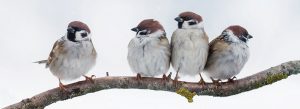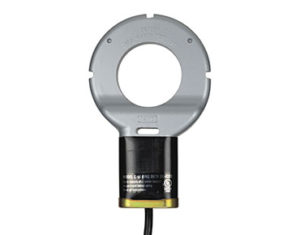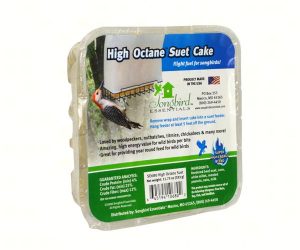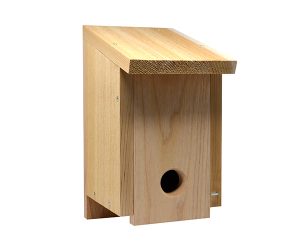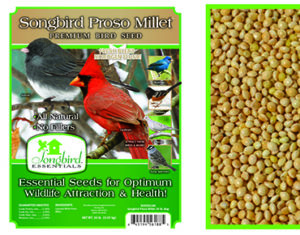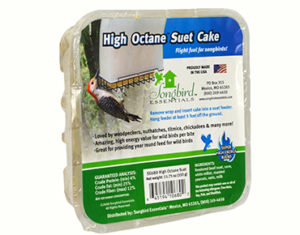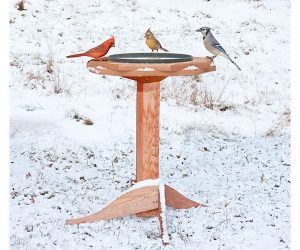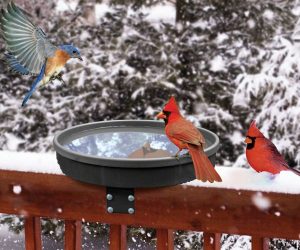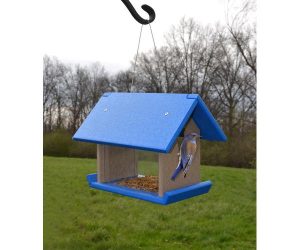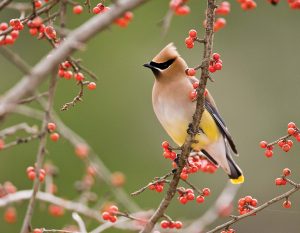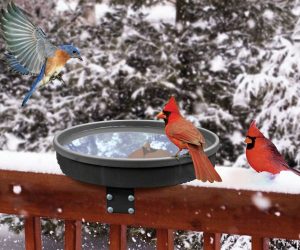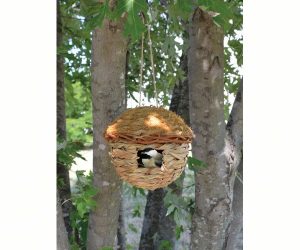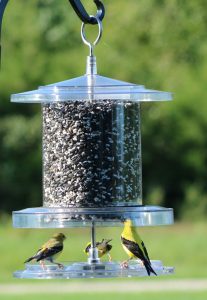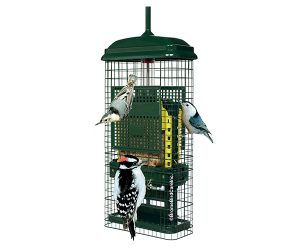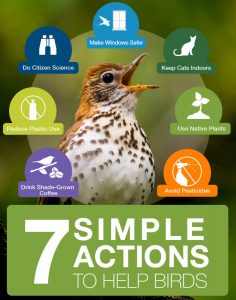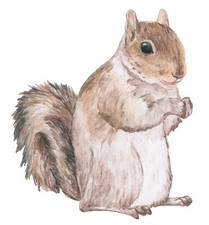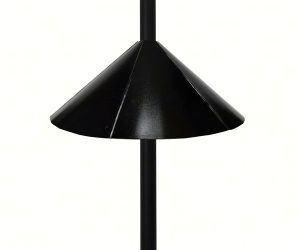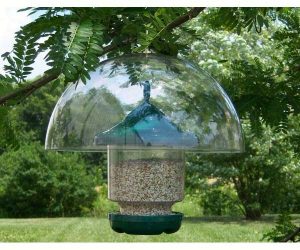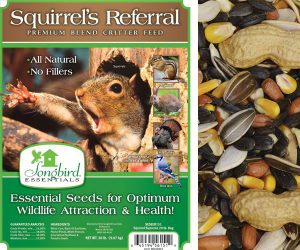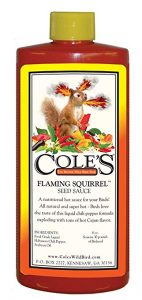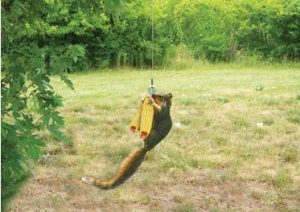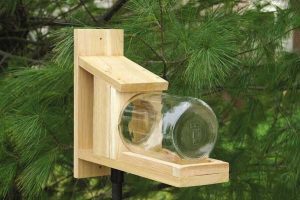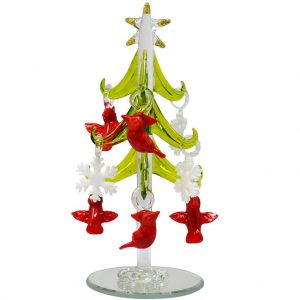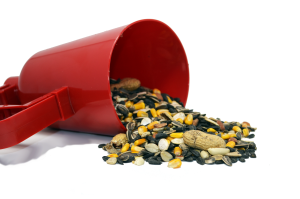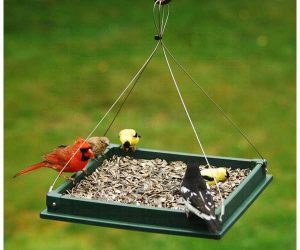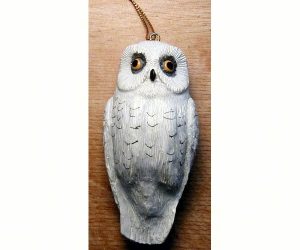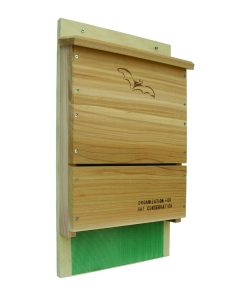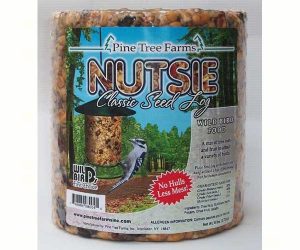By: Mel Toellner
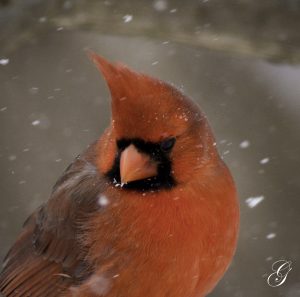
As this issue of the Songbird Station Newsletter arrives in mailboxes, our thoughts will be turning to the upcoming holiday season. For many of us the days ahead will include snow. What a beautiful contrast the crimson red Northern Cardinal gives against pure white, fresh snow. Can you think of anything more enjoyable to put you in the holiday spirit? No wonder it is often referred to as the Winter Holiday Bird.
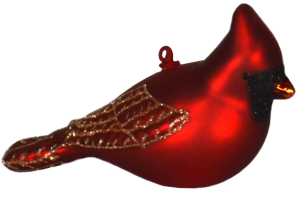
How many images of the Northern Cardinal do you use as holiday decorations? Is one of your favorite ornaments a Cardinal? What about the tablecloth, outside doormat, holiday wreath, gift wrapping paper? Notice in November and December every time you see the image of a Cardinal as you do your holiday shopping.
While the Cardinal may best be known for its flash of color in garden and woodland, have you ever found one of its feathers on the ground? Blue Jays and Robins shed their feathers like so much fall foliage, but Cardinals just might be the greatest protectors of the princely robes in the feathered kingdom.
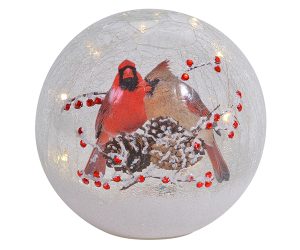
As one of the most recognized songbirds in North America, Cardinals also could be known for their virtues; they are monogamous and remain together throughout the year. They aid in pest control, feeding on such insects as potato beetles, cotton boll weevils and the cucumber beetle. And they may be economically valuable because of their weed seed consumption, eating at least one hundred kinds in the wild.
At your feeder, Cardinals prefer black oil sunflower or safflower seeds. They roll the seed around with their tongue until it is sideways in their strong, cone-shaped bill. Then they crack it open and eject the hull before swallowing. Cardinals approach the feeder with an attitude, as if aware of their royal heritage. They do not suffer the chatter of neighboring Sparrows nor the infighting of house finches, but dine with their mate in majestic splendor.
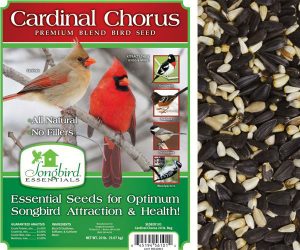
During the winter, the male Cardinal tries to dominate at the feeder, but his mate usually ignores him and goes right on eating. In the spring, however, male Cardinals have the delightful habit of feeding hulled seeds to the female as part of their courtship. It often occurs at feeders and is endearing to watch. He hops over to her, tilts his head sideways and places the tidbit in her bill.
Year round you’ll have the most success attracting Cardinals by providing seed in a feeder with a larger flat perching area. A ground feeder or a hanging tray feeder filled with black oil sunflower and perhaps a little safflower and or peanuts is sure to be a Cardinal favorite. Keep your Cardinals healthy by using a feeder like the Songbird Essentials Small Ground Feeder that includes an easy to clean metal mesh bottom. If you own a tube feeder, you’ll want to attach a seed tray or a seed hoop to give Cardinals a flat spot to land and feed. Another sure way to attract Cardinals (and other desired songbirds) is to provide heated water in a birdbath or saucer. My new favorite is the SE995 Songbird Spa that can be mounted 3 ways. I use mine with the deck clamp in winter and ground legs in spring and summer.
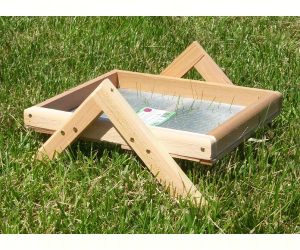
Males are bright red crested and have a black throat and face. Females are a duller reddish brown. Adults of both sexes have a bright red bill, but the bills of juveniles are brown.
Want to add brilliant holiday color to your landscape? Follow our Cardinal tips and you’ll enjoy colorful Cardinal Holiday cheer out your windows! Enjoy! The below poem sums it up best.
The Cardinal in My Tree
By: Mrs. Dennis Getz (DeMotte, IN)
Pretty little red bird singing in my tree, I wish that I could tell you of the joy you bring to me. I know that God has sent you by my window to be near, to lift my broken spirits and to brighten them with cheer. Thank you, God, for red birds and all the gifts You give, to tell us of Your glory and remind us that You Live!

